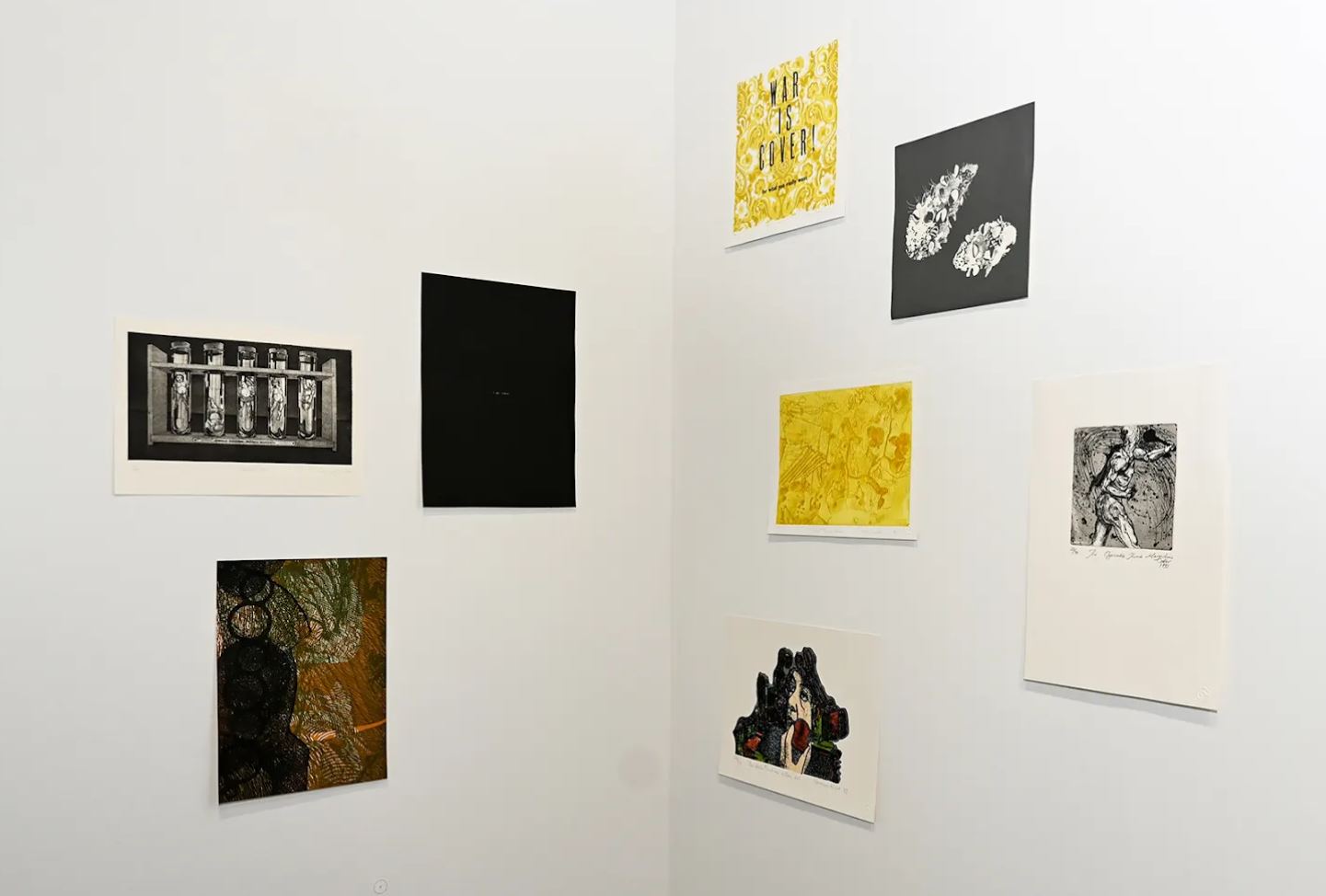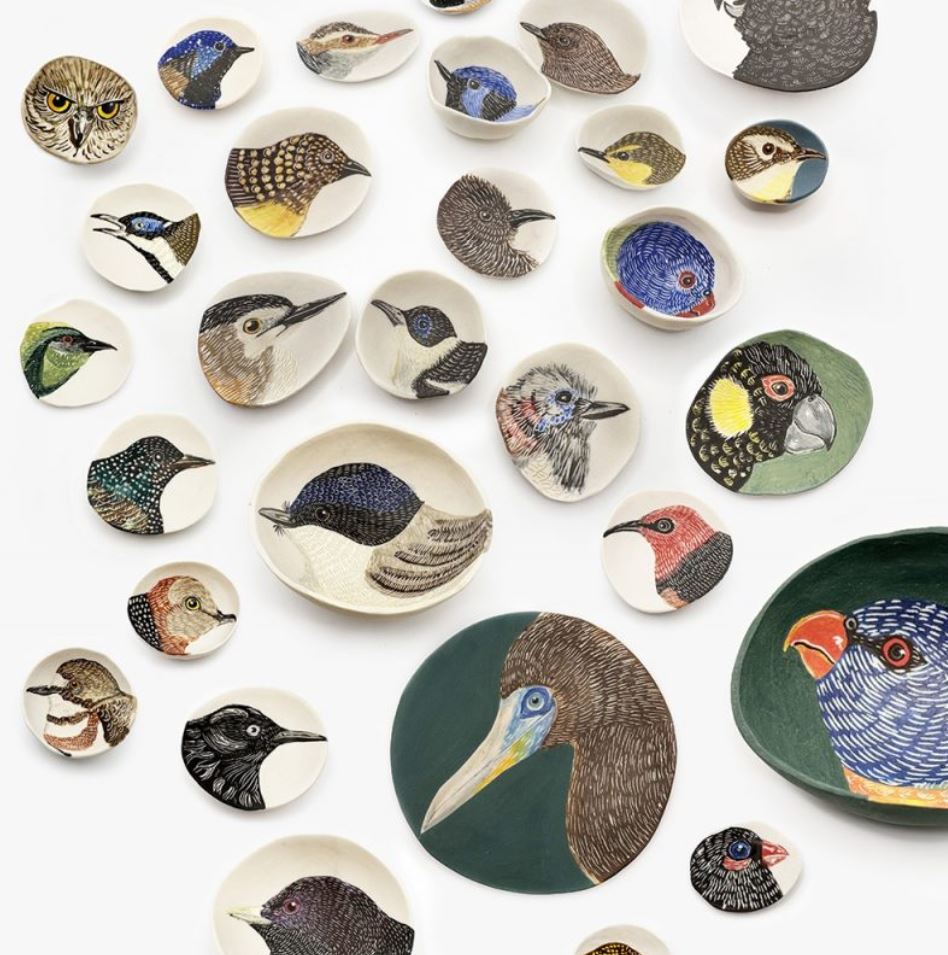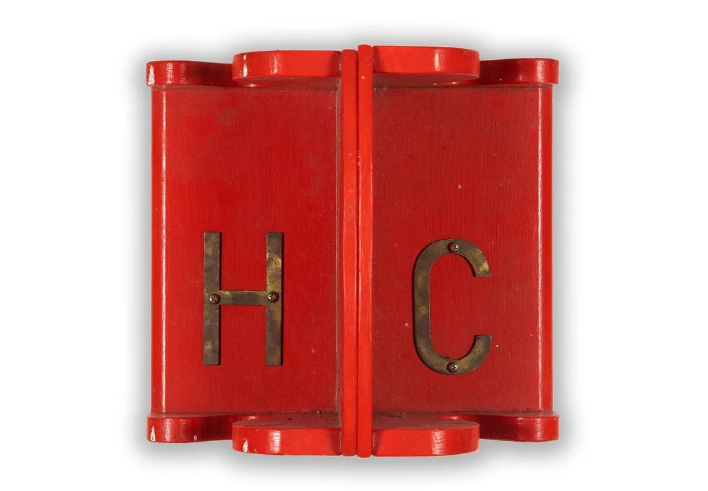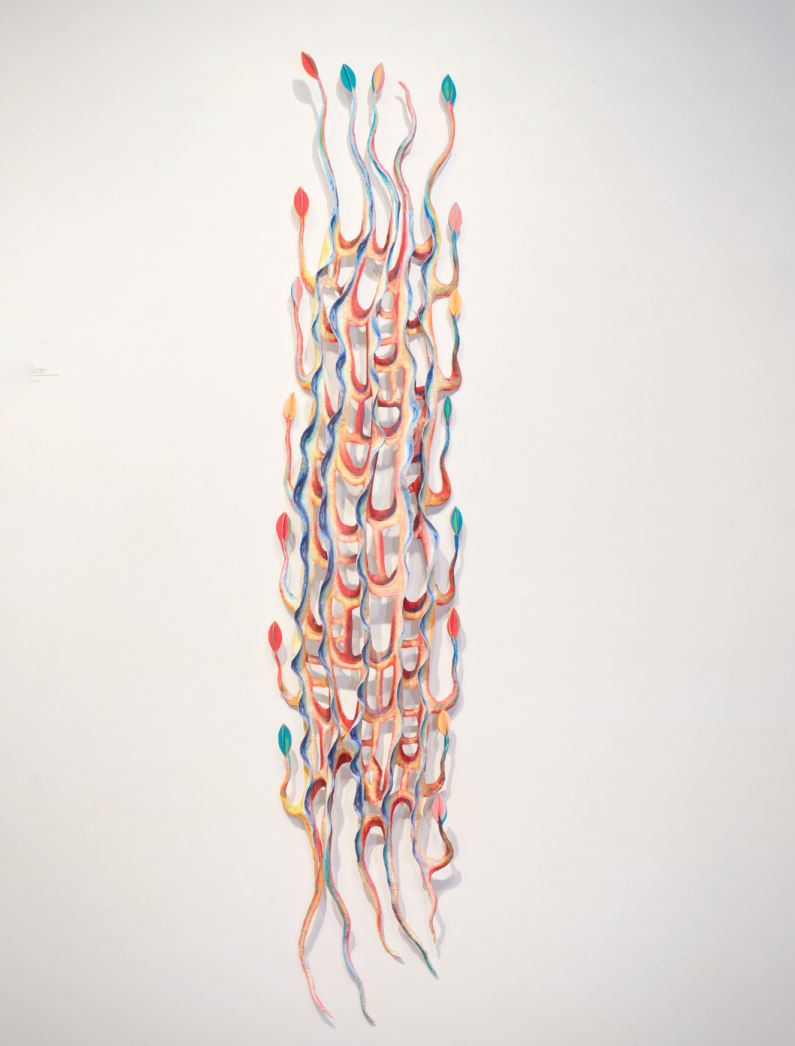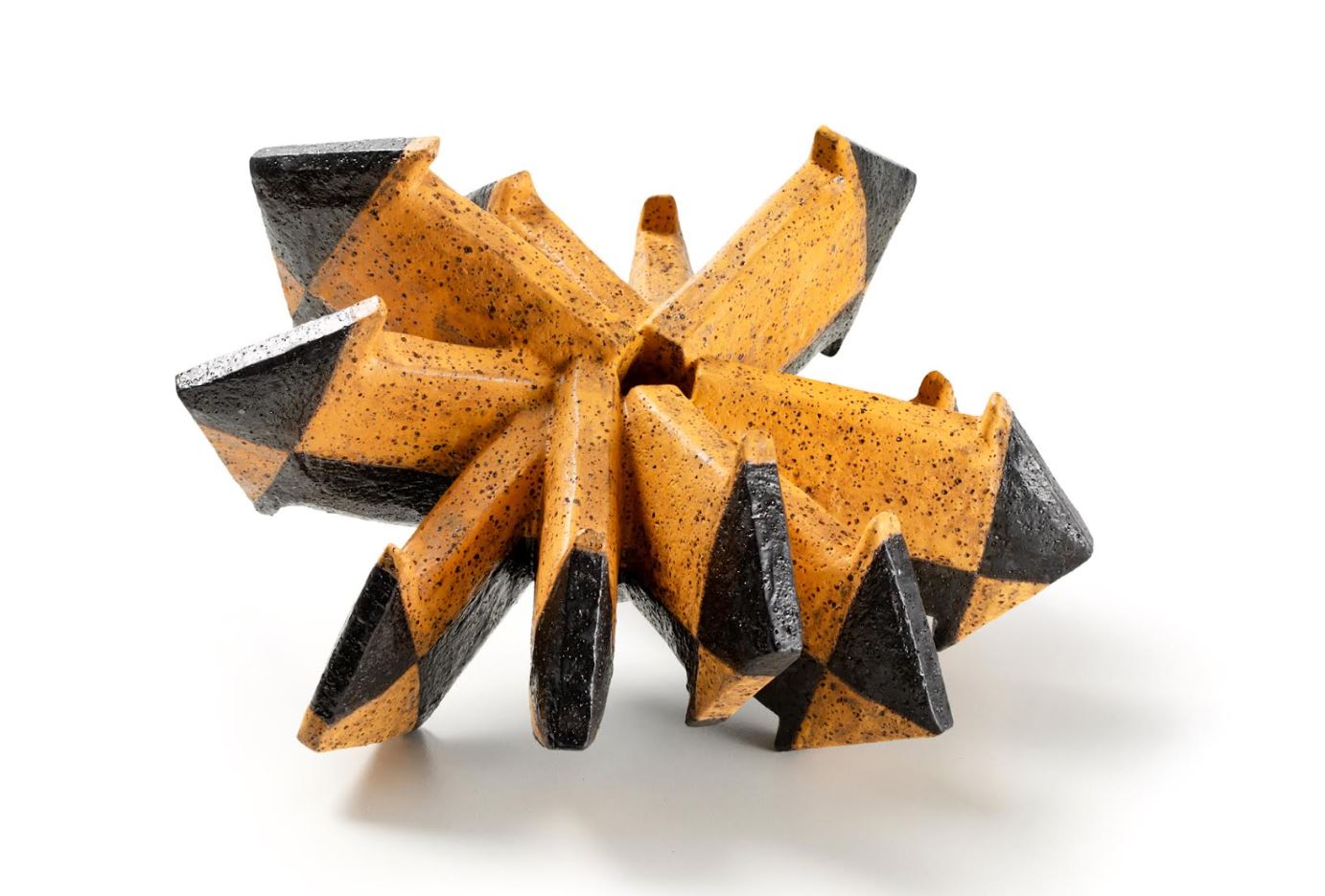
Marking the commencement of her research, IMA Curatorial Fellow Vivian Ziherl will lecture on the theme of ‘Frontier Imaginaries’. Departing from the notion of the ‘Brisbane Line’, Vivian will advance the proposition that the ‘Frontier’ may be understood as the site at which primitive accumulation occurs. From this premise, she will chart the advance of Frontier conditions through the 18th and 19th Century pacific economy, the reterriotiralising nature of the Frontier within the era of globalisation, as well as conjecturing on the conditions of its possible otherwise.
Vivian Ziherl is a Curator at If I Can’t Dance, I Don’t Want to Be Part Of Your Revolution (Amsterdam) and Curatorial Fellow at the Institute ofModern Art (Brisbane). Her recent projects include Landings (with Natasha Ginwala) presented at Witte de With Center for Contemporary Art, David Roberts Art Foundation, NGBK (as part of the Tagore, Pedagogy and Contemporary Visual Cultures Network), Stedelijk Museum Amsterdam and other partner organizations, 2013-ongoing, as well as the performance series “Stage It!” Parts 1 & 2 (with Hendrik Folkerts)commissioned by the Stedelijk Museum Amsterdam. Vivian has presented programmes with the ICA London, teaches with the Sandberg Institute Department of Critical Studies, and is editor of The Lip Anthology (Macmillan Art Publishing and Kunstverein Publishing). Her writing has been published in the Curating Research anthology (eds. Paul O’Neil and Mick Wilson) and has appeared in periodicals including the e-Flux Journal, Art Agenda, Frieze, LEAP Magazine, Metropolis M, Discipline, and the Journal of Art (Art Association of Australia and New Zealand), among others.
About the image:
Title : Orbis Terrae Compendiosa Descriptio.
Map maker : MERCATOR, R.
Date : Amsterdam, 1587.
Size : 11.1 x 20.6 inches. / 28.2 x 52.4 cm.
Colouring : In original colours.
Gerard Mercator’s great world map of 1569 was condensed into double hemispherical form by his son Rumold. It first appeared in 1587 and was incorporated into his long-lived and influential Atlas from 1595 to 1602.A smaller version of Gerard Mercator’s (the Elder) large double-hemisphere map, with some changes- it is the original map that was used in the early Mercator’s full folio atlases. Text on verso.The engraving is a model of clarity and neatness, with typical cursive flourishes to the lettering of the sea names. Surrounding the hemispheres is a strapwork border: between them at the top is an armillary sphere and at the bottom an elaborate compass rose.

